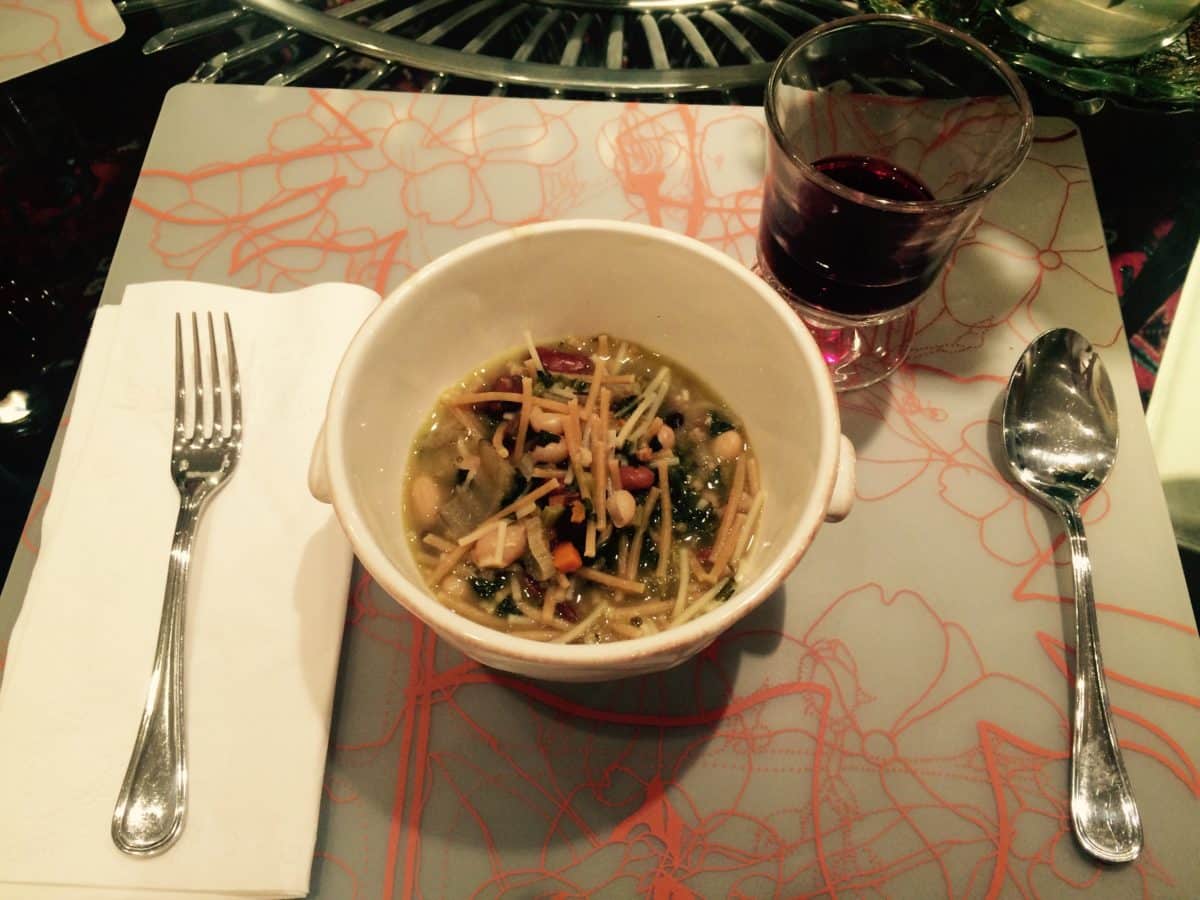We rely heavily on our eyes to sense and map out the world around us, and it is these little organs that make first impressions so profound, sunsets so breathtaking, and even our decisions in picking food so meticulous. Like many aspects of our day-to-day lives, however, we tend to take them for granted.
I spoke with Umberto Albanese, M.D. Retinal Specialist, who also happens to be my neighbor. He is from Agrigento, Sicily, and he studied at the University of Bologna before coming to Buffalo for his residency, later staying to this day. He loves to cook recipes from his native Italy, and makes many of his meals from scratch. I even had the pleasure of trying one of his delicious soups, but I am getting ahead of myself.
There are many parts to an eye, but one vital area is the macula.
“The macula is in the central portion of the retina, and it is critical for sharp vision,” he said. We can appreciate 20/20 and the best color vision because of this area in the light-sensitive retina. Because it is so small, however, we don’t tend to think about the consequences that could result from it being damaged.
“Macular degeneration is the leading cause of legal blindness in the U.S. for people over 60,” he said. “Smoking is a major risk factor for macular degeneration.” Smoking, so bad for us in so many ways, affects the eyes as well. Other than putting out the cigarette, what are some ways we can keep the macula, and our eyes in general, healthy?
Dr. Albanese stressed the importance of eating properly. “Diet is important for the health of the macula. In 2001, researchers performed a study known as Age-Related Eye Disease Study, or AREDS. They concluded that the eyes benefit from antioxidants, including vitamins A, C and E, as well as copper and zinc.” He later said that there was a second study in 2006, creatively named AREDS 2, which “eliminated vitamin A and added lutein, zeaxanthin, and omega 3.”
Vitamins are found in food. “Dark, leafy greens are very good for the eyes,” explained Dr. Albanese. “We recommend the patient eat greens and fruits that are high in vitamins C and E.” Spinach, kale, broccoli, asparagus, carrots, endives, and arugula are all great choices to include in a diet. If you’re tired of the kale trend, you can always substitute Swiss chard.
One great recipe that incorporates Swiss chard and carrots is Tuscany-style Pasta e Fagioli Soup. I had the pleasure of having a cup that Umberto made, and I couldn’t resist seconds. The beans, carrots, and pasta were homey and warming, like staying home with the fireplace crackling while watching a winter storm outside.
The next time you find yourself thinking about eye health, just remember that it’s as simple as adding greens to your diet; Mom did always remind us to eat our vegetables. ![]()
